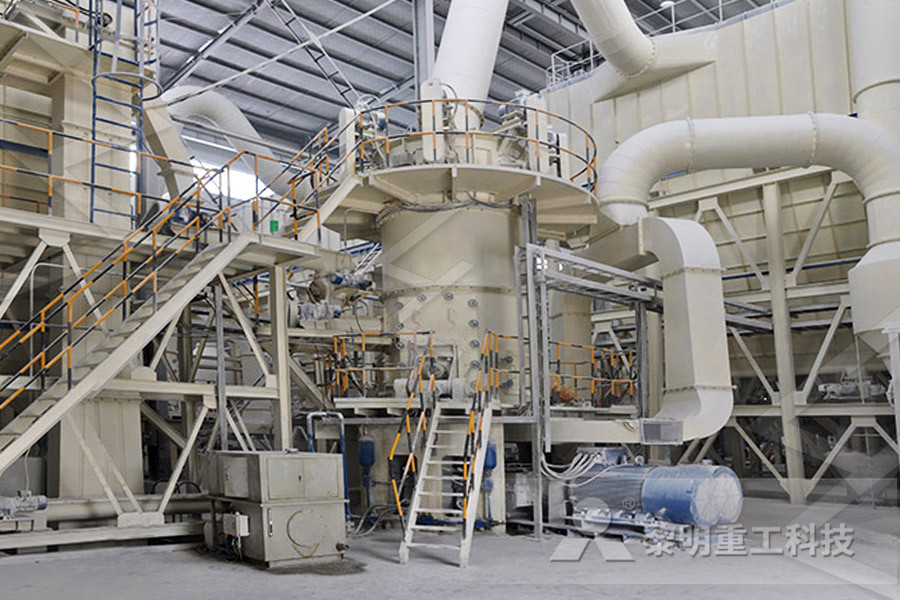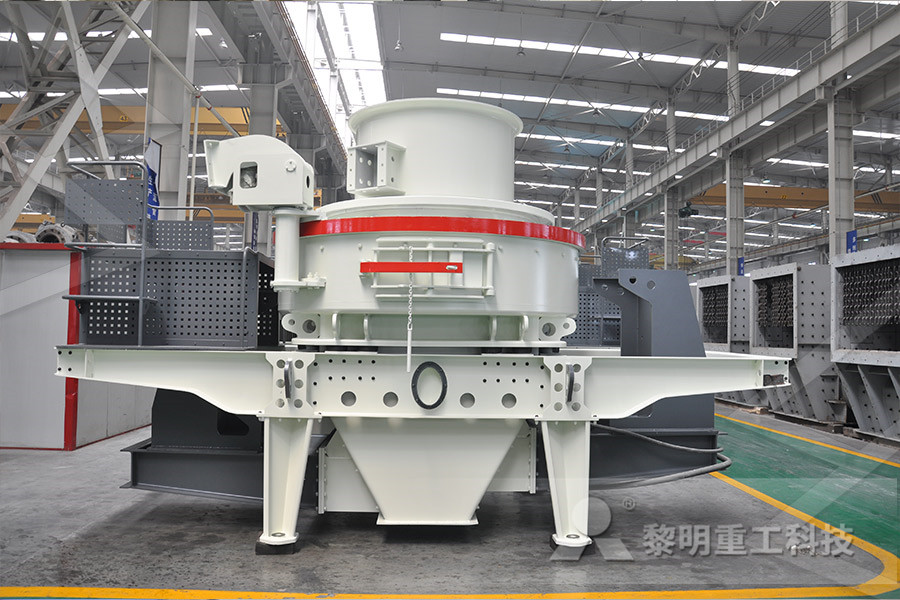Cooling Power Plants Power Plant Water Use For Cooling
2021-01-15T13:01:16+00:00

Water for Power Plant Cooling Union of Concerned Scientists
Oct 05, 2010 Drycooling systems use air instead of water to cool the steam exiting a turbine Drycooled systems use no water and can decrease total power plant water consumption by more than 90 Oct 26, 2022 Plants that require the use of cooling water account for a little more than 70% of all the electricity in the nation and nearly 60% of the electric generating capacity Withdrawal is the amount of water a power Many newer power plants have cooling systems that As the steam passes over the metal tubes it condenses, and the cooled water is collected to be reused While drycooling systems use no water and can decrease a power plant’s Water Cooling For Power Plants H2O Cooling

Using Reclaimed Water for Cooling Power Plants Phoenix Energy
Sep 20, 2018 There are three main factors which decide the feasibility of using reclaimed water for cooling in thermal power plants Geographical Concerns There is a Sep 06, 2018 The amount of water consumed at a power plant is determined by a number of factors such as: The nature of cooling used The quality of coal Reutilization Ways to Reduce Water use in Cooling at Power Plants Phoenix Apr 01, 2014 Advanced Cooling and Water Treatment Technology Concepts for Power Plants Worldwide awareness of the need to minimize freshwater use for power generation—while minimizing energyAdvanced Cooling and Water Treatment Technology

Some US electricity generating plants use dry cooling
Aug 29, 2018 Dry cooling systems have relatively high capital costs and require more energy to operate These factors result in lower overall power plant efficiency, but dry cooling systems use about 95% less water Cooling requirements in Hydro Power plants The following components in Hydro power generation require cooling: Hydro Generators Electricity generation in the hydrogenerator that is powered by the turbine Water Cooling in Hydro Power Plants Watco GroupDec 22, 2009 Cooling Towers help by reusing the cooling water, making power plants economical and more environmentally friendly Environmental regulations in most Cooling Towers in Thermal Power Plants Bright Hub

Cooling Power Plants Power Plant Water Use for Cooling
Nuclear power plants have greater flexibility in location than coalfired plants due to fuel logistics, giving them more potential for their siting to be determined by cooling considerations The most common types of nuclear power plants use water for cooling in two ways: To convey heat from the reactor core to the steam turbinesAs the steam passes over the metal tubes it condenses, and the cooled water is collected to be reused While drycooling systems use no water and can decrease a power plant’s water consumption by up to 90 percent, they require a higher initial cost, higher auxiliary operating power, and can result in overall lower plant performance and efficiencyWater Cooling For Power Plants H2O CoolingMar 01, 2017 At a 1,800MW combined cycle natural gas power plant in the southern US, a novel stresstolerant terpolymer (STP) was employed to prevent calcium phosphate deposition in a cooling tower system Using Reclaimed Water in Power Plant Cooling

Using Reclaimed Water for Cooling Power Plants Phoenix
Sep 20, 2018 There are three main factors which decide the feasibility of using reclaimed water for cooling in thermal power plants Geographical Concerns There is a geographical limitation of 10 to 25 miles between the wastewater treatment plant and the power plant Technological feasibility Reclaimed water is generally used for closed Sep 06, 2018 The amount of water consumed at a power plant is determined by a number of factors such as: The nature of cooling used The quality of coal Reutilization of ash Ash disposal systems Wastewater management Cooling systems used in Thermal Power Plants Currently, there are three kinds of condenser cooling system which are Ways to Reduce Water use in Cooling at Power Plants Phoenix Apr 01, 2014 Advanced Cooling and Water Treatment Technology Concepts for Power Plants Worldwide awareness of the need to minimize freshwater use for power generation—while minimizing energyAdvanced Cooling and Water Treatment Technology

Water Cooling in Hydro Power Plants Watco Group
Cooling issues in Hydro Power plants The cooling is realized by a closed system that circulates the cooling medium (water or oil) over the components and a heat exchanger where it releases the heat to Jun 05, 2019 Thermoelectric power plants include units fueled by natural gas, coal, nuclear, and oil, as well as renewable sources, such as biomass and solar thermal plants, which also require cooling In 2017, 63% of all EIA tool compares individual power plants’ Jul 13, 2008 Downloads For every three units of energy produced by the reactor core of a US nuclear power plants, two units are discharged to the environment as waste heat Nuclear plants are built on the shores of Nuclear Power Plant Cooling Water Needs Union

NRDC: Power Plant Cooling and Associated Impacts The
In 2005, water withdrawals by steam electric power plants accounted for approximately 49 percent of total water use (fresh and saline) in the United States That is an estimated 201 billion Use of Reclaimed Water for Power Plant Cooling Page 4 of 60 treatment that may be required before a power plant can use reclaimed water Chapter 5 describes a site visit to the PandaBrandywine power plant located near Washington, DC The plant uses reclaimed water as cooling tower makeup Chapter 6 offers summary findings and Use of Reclaimed Water for Power Plant Cooling anlgovMar 01, 2019 Consumptive use was reported for the first time since the 1995 report Powerplants equipped with oncethrough cooling systems accounted for 96 percent of total thermoelectricpower withdrawals and 37 percent of net power generated Consumptive use for oncethrough systems was just 1 percent of total oncethrough withdrawalsThermoelectric Power Water Use US Geological Survey

Brayton Point Power Station Wikipedia
Brayton Point Power Station was a coalfired power plant located in Somerset, MassachusettsIt was the largest coalfired generating station in New England, and was the last coalfired power station in Apr 10, 2013 Water enters at the top and trickles down while getting cooled by air draftA correctly designed induced draft CT can give an approach of 46 C to wet bulb temperature with a temperature drop of 10 C Even a very highly efficient CT cannot give an approach less than 4 C to WBTHighefficiency Mist cooling system for power plantsMar 01, 2017 In 2014, it was proposed that the plant could operate the cooling water systems by using STP and removing the side stream softening units (Figure 1) This approach promised significantUsing Reclaimed Water in Power Plant Cooling

Using Reclaimed Water for Cooling Power Plants Phoenix
Sep 20, 2018 In thermal power plants specifically, water is used in the cooling process through heat exchangers and evaporative cooling processes and the hot water is then discharged outsideFor this purpose fresh cooling is taken from nearby water sources and usedMay 15, 2014 Water withdrawals for thermoelectric power generation were estimated in 2005 to be 201 billion gallons per day—the highest use of any industry Most of that water is used for coolingPower Plant Cooling and Associated Impacts NRDCCooling issues in Hydro Power plants The cooling is realized by a closed system that circulates the cooling medium (water or oil) over the components and a heat exchanger where it releases the heat to secondary cooling water Water Cooling in Hydro Power Plants Watco Group

EIA tool compares individual power plants’
Jun 05, 2019 Thermoelectric power plants include units fueled by natural gas, coal, nuclear, and oil, as well as renewable sources, such as biomass and solar thermal plants, which also require cooling In 2017, 63% of all US electricity Apr 01, 2021 A power plant in the Pacific Northwest has utilized FlowTech for the last three years as an integral part of its water management process The 248MW 7FA02 plant has a cooling water flowrate of How to Effectively Treat Power Plant Cooling Water Mar 01, 2019 Consumptive use was reported for the first time since the 1995 report Powerplants equipped with oncethrough cooling systems accounted for 96 percent of total thermoelectricpower withdrawals and 37 percent of net power generated Consumptive use for oncethrough systems was just 1 percent of total oncethrough withdrawalsThermoelectric Power Water Use US Geological Survey

Nuclear Power Plant Cooling Water Needs Union
Jul 13, 2008 Downloads For every three units of energy produced by the reactor core of a US nuclear power plants, two units are discharged to the environment as waste heat Nuclear plants are built on the shores of lakes, paGE 2 power plant Cooling and associated impacts W ater withdrawals for thermoelectric power generation were estimated in 2005 to be 201 billion gallons per day—the highest use of any industry Most of that water is used for cooling Power plants boil water to produce steam, which is used to spin the turbines that generate electricityNRDC: Power Plant Cooling and Associated Impacts The Use of Reclaimed Water for Power Plant Cooling Page 4 of 60 treatment that may be required before a power plant can use reclaimed water Chapter 5 describes a site visit to the PandaBrandywine power plant located near Washington, DC The plant uses reclaimed water as cooling tower makeup Chapter 6 offers summary findings and conclusionsUse of Reclaimed Water for Power Plant Cooling anlgov

Power Plant Cooling Systems: The Unsung Heroes
May 01, 2001 Indirect dry cooling systems have a two step process In the first step, the steam exits the steam turbine into a condenser located directly below the turbine In the second step, the heat Dec 22, 2009 Cooling Towers help by reusing the cooling water, making power plants economical and more environmentally friendly Environmental regulations in most countries require that fresh water sources like lakes or rivers cannot be used anymore for an open cycle system This makes using cooling towers the only optionCooling Towers in Thermal Power Plants Bright Hub EngineeringApr 10, 2013 Water enters at the top and trickles down while getting cooled by air draftA correctly designed induced draft CT can give an approach of 46 C to wet bulb temperature with a temperature drop of 10 C Even a very highly efficient CT cannot give an approach less than 4 C to WBTHighefficiency Mist cooling system for power plants

Water treatment and cooling applications for power plants
Jul 12, 2018 There are three primary methods to cool water in power plants: • Oncethrough systems take water from nearby rivers, lakes or oceans and circulate it through pipes to absorb heat from the steam in condensers Once used, water is discharged back to its local source About 30 percent of the legacy power plants on the east coast
Any of your enquiry will be highly appreciated.
Enquiry Now












